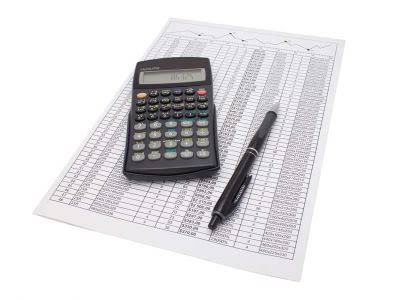
A business pays for training – The assets will reduce as the money is taken from the bank, and the retained earnings will reduce as training is part of the profit and loss account. The Basic Accounting Equation is a simple equation that states that the assets of a business are equal to the liabilities plus the equity. This equation is important because it helps to understand how a business functions and how it earns money.
- Metro Corporation collected a total of $5,000 on account from clients who owned money for services previously billed.
- The investment by the shareholders is structured as a share issue of 10,000 shares, issued at 5.00 each.
- This is because creditors – parties that lend money such as banks – have the first claim to a company’s assets.
- Share repurchases are called treasury stock if the shares are not retired.
- In our examples below, we show how a given transaction affects the accounting equation.
The future of finance is here. Is your business prepared?
This equation is used to track a company’s financial health and ensure that its assets are not being overspent. This accounting equation is used to track the financial health of a company by ensuring that its assets always equal its liabilities plus its equity. The Basic Accounting Equation is also known as the balance sheet equation. When the total assets of a business increase, then its total liabilities or owner’s equity also increase. Let us imagine a business is set up and enters into a series of transactions over the first period. All transactions are recorded by the accounting system and used to produce an income statement, balance sheet and cash flow statement.
Effects of Transactions on Accounting Equation
In this expanded accounting equation, CC, the Contributed Capital or paid-in capital, represents Share Capital. Retained Earnings is Beginning Retained Earnings + Revenue – Expenses – Dividends – Stock Repurchases. Because the Alphabet, Inc. calculation shows that the fundamental accounting equation is in balance, it’s correct.
What are Specific Names for Equity on the Balance Sheet?

As our example, we compute the accounting equation from the company’s balance sheet as of December 31, 2021. In the above transaction, Assets increased as a result of the increase in Cash. At the same time, Capital increased due to the owner’s contribution. Remember that capital is increased by contribution of owners and income, and is decreased by withdrawals and expenses. If the net amount is a negative amount, it is referred to as a net loss.

These are some simple examples, but even the most complicated transactions can be recorded in a similar way. Ted is an entrepreneur who wants to start a company selling speakers for car stereo systems. After saving up money for a year, Ted decides it is time to officially start his business. He forms Speakers, Inc. and contributes $100,000 to the company in exchange for all of its newly issued shares. This business transaction increases company cash and increases equity by the same amount. Owners can increase their ownership share by contributing money to the company or decrease equity by withdrawing company funds.

These equations, entered in a business’s general ledger, will provide the material that eventually makes up the foundation of a business’s financial statements. This includes expense reports, cash flow and salary and company investments. The fundamental accounting equation, also called the balance sheet equation, is the foundation for the double-entry bookkeeping system and the cornerstone of the entire accounting science.



